



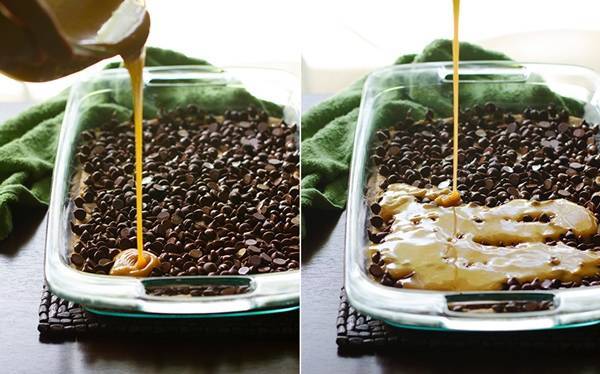
I’ve been preaching natural light since before I knew what “natural light” even meant.
Whether food photography, portrait photography, or whatever in the whole wide world photography, NATURAL LIGHT RULES. In my opinion, there is no comparison to the beauty you get with a good camera, a great photographer, and perfect natural light from the sun.
But let’s get on track with the reason I’m writing this post today.
The reason is that I’m trying to chill out my life a little bit, and part of that means being able to do a shoot at 9pm, after the sun is long gone. Which brings me to the topic of this post: how to make your food photography look great when using indoor, artificial lights.
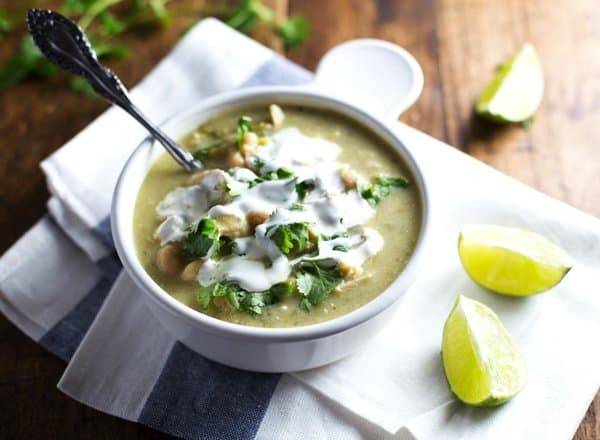
While I’d like to think that I’m really generally zen and stuff, I have been known to be kind of uptight when it comes to lighting. For example, in my previous life (like, last week) I would have been insistent on having my cinnamon rolls and glaze ready to drizzle at exactly 2:47 pm as the perfect ray of sunlight would sneak through my kitchen window. IT’S HERE! Pour, shoot, drizzle, shoot, pour, lick fingers, pour, shoot shoot shoot. Then my stream of light would disappear behind the roof of the neighbor’s house. That was a fun five seconds. But I live in the dark, frozen tundra of Minnesota. Have I mentioned that? In the winter, it starts getting dark about the time I’m ready for lunch. You guys. It just isn’t practical for me to think that I can shoot in natural light for every single recipe. And on my Saturdays, when I would have a few more hours of that nice light to work with, lately I just want to bond with the couch. You know?
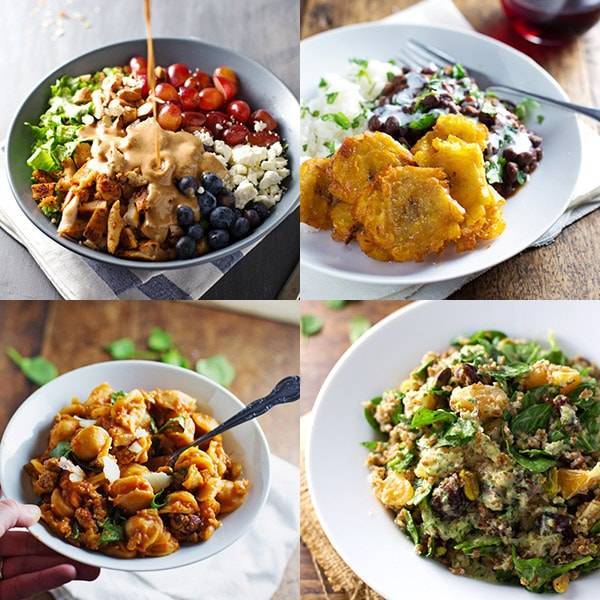
Natural light rules, and I will take that to my grave. And while I’ve always recommended it only as a very last resort backup, but do you want to know my guilty secret? About half of the recipes I’ve done in the last month have been shot in artificial light. I’m not even following my own advice here, people. And the photos have turned out… like… kinda great. For example, all the pictures in this post were shot with artificial light.
Yeah, we can work with that. So today I’m getting over my preconceived notions and just sharing some quick and easy tips for making it work when you’re photographing food with indoor lighting and without the ever elusive sun. I hope it helps you relax and find more flexibility in your quest to take mouth-waterliciously yummy food photos.
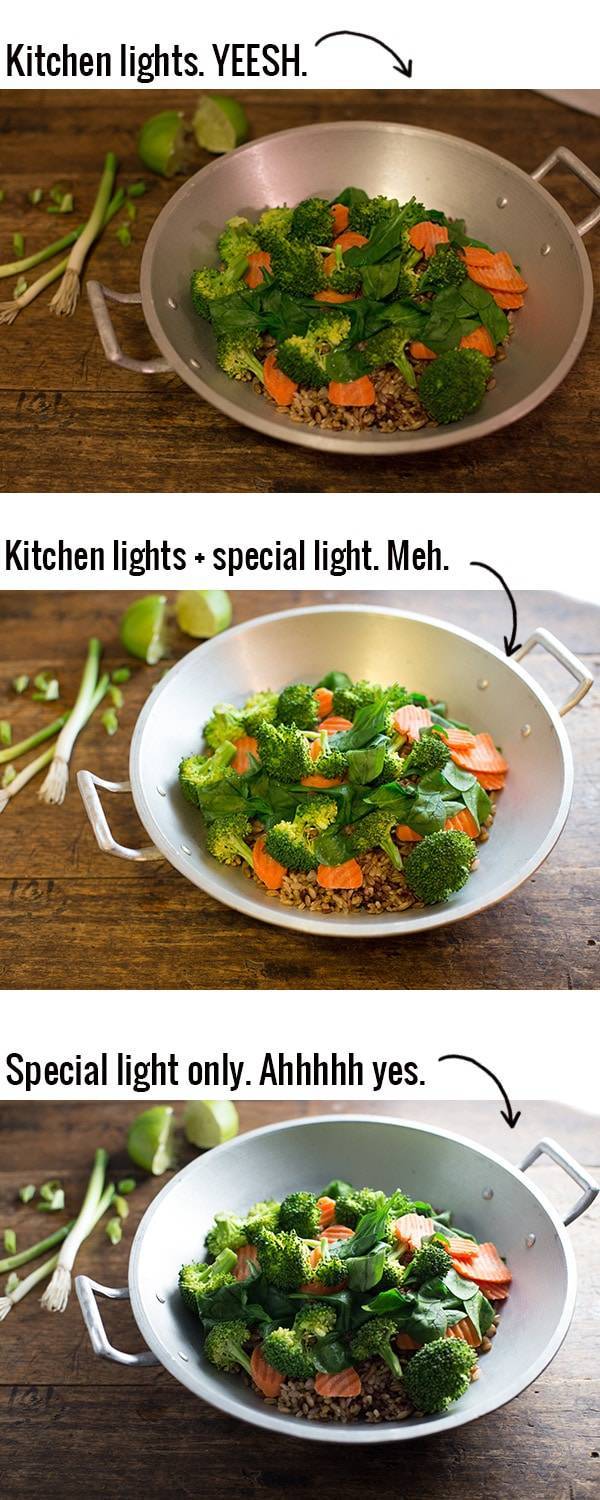
A non-negotiable for indoor food photography –> a light. A “special” aka.. intensely bright, non-overhead light that is made for a job like this. We have the Neewer Lighting Kit. You could also give this one a try that’s a little more budget-friendly. Take a look.
In case you forgot, let the Pinch of Yum photos of days gone by remind you that kitchen lights are horrible for food photos.
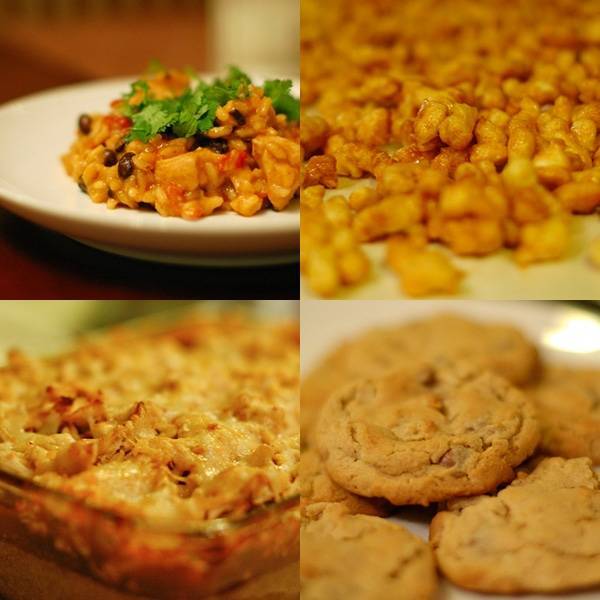
Thank you, Self, for those bright orange reminders.
Turn off all your lights to get rid of any weird colors and use ONLY your special light to illuminate the food. If you purchase a light designed to simulate natural light, it will, um, simulate natural light. Amazing, I tell ya. And even if you can just get a bright small tabletop light that you can maneuver in some way (side? back?) to make your food more appealing and to rid yourself of those overhead lights, you are pretty much already winning. You know what about this light? It really is special. The special lights aren’t cheap, but that is $95 well spent, if you ask me. If you’re more of a DIYer and less of a spender, check this little tutorial out.
These, on the other hand, are just a few buckeroos. Go buy a couple of little cardboard or foam things like this at Michael’s. That’s what I did. Or if you order a specialized light, it typically comes with a handy dandy white reflector like this.
Be sure to set your reflector up in such a way that it bounces the light back over the food. BOOSH. Gorg.
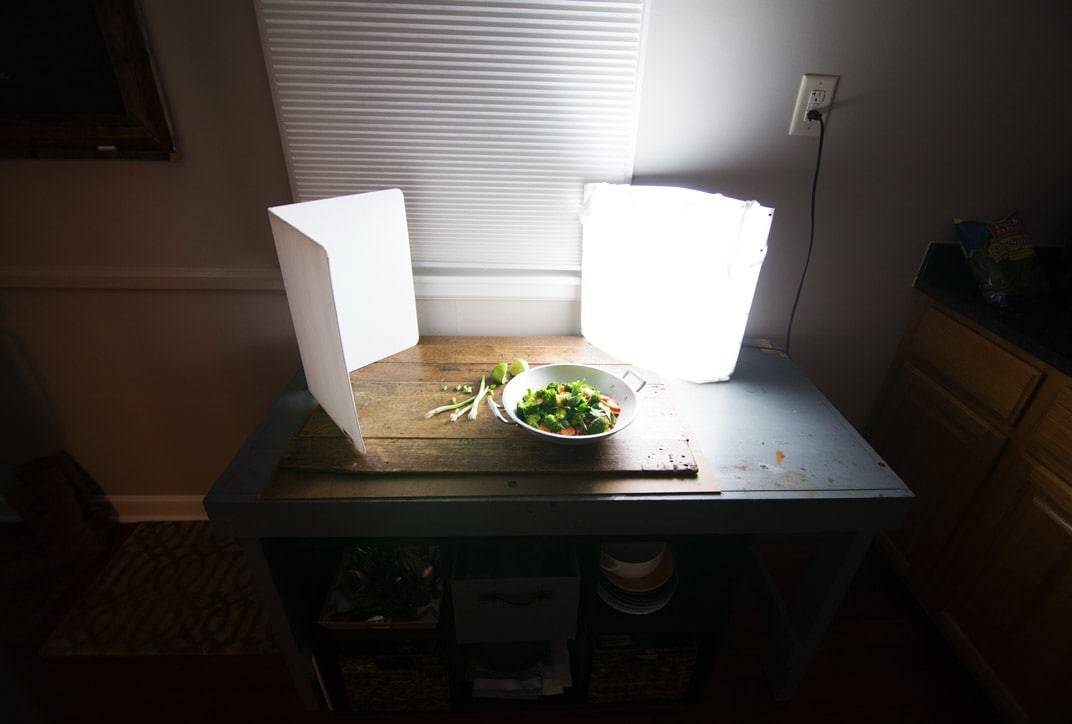
Notice how the kitchen lights are turned off. I really mean it. Every last little one. It’s like a food photography rave.
…Er, is that what a rave is like?
These are the best angles for lighting food photography that I’ve found, whether using natural light or The Special Light. Here’s the side lighting example:
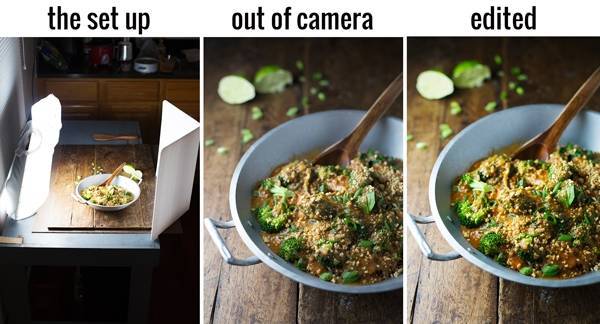
And the backlighting example:
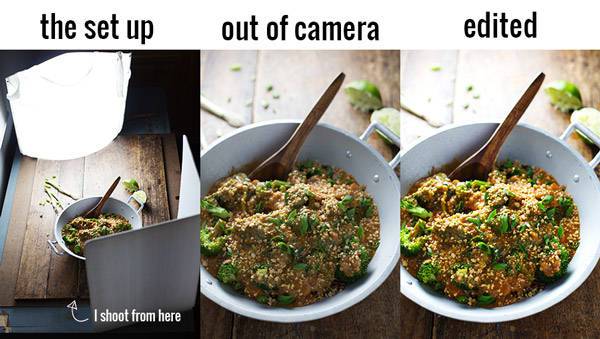
Back lighting is a lot trickier than any other lighting style I’ve tried, but I have a total love affair with it because of the bright, glowy, magazine-like quality it gives your photos. It’s worth a shot, peeps.
These are the settings I typically use when shooting with my special light:
ISO – 400
Shutter Speed – 60
Aperture – 3.2
In general, know and work with your trifecta settings (aperture, shutter speed, and ISO) so you can take full control of how the photos look. And in general, ISO = up. I know that not everyone agrees with this, but my line of thinking is —> who cares about a little bit of barely detectable graininess in the photos when you have excellent light throughout the entire photograph to make up for it? So I say boost your ISO. If you’re like, HALP ME I DON’T KNOW THOSE WORDS, check out my ebook Tasty Food Photography for some practical/picture-heavy/easy reading.
It just helps you have a reference point when you’re adjusting your white balance later on. I find that the white balance is already pretty good – in fact, maybe even easier to control when using artificial light – but still, it’s a good idea to have something in there just so you have that reference point during your editing. (Okay okay I’m a cheater and this photo was taken in natural light. But the principle applies more than ever when using artificial light. Seeeriouslydoit.)
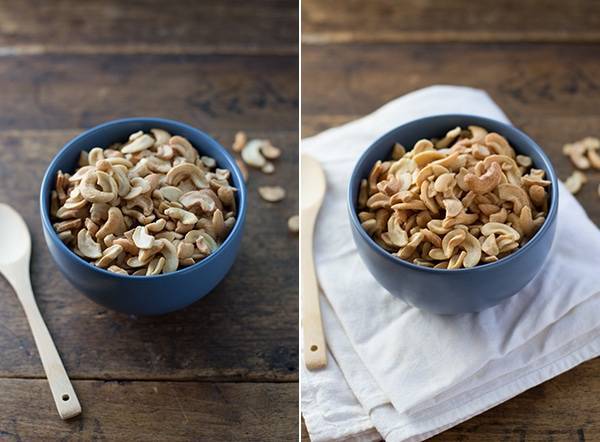
Wow! You made it to the end and you’re still reading. GO YOU!
If you want to know more about using artificial light for food photography, check out our Artificial Lighting for Food Photography post on Food Blogger Pro!

Some other posts you might like are:
Five Ways to Improve your Food Photography with Artificial Light
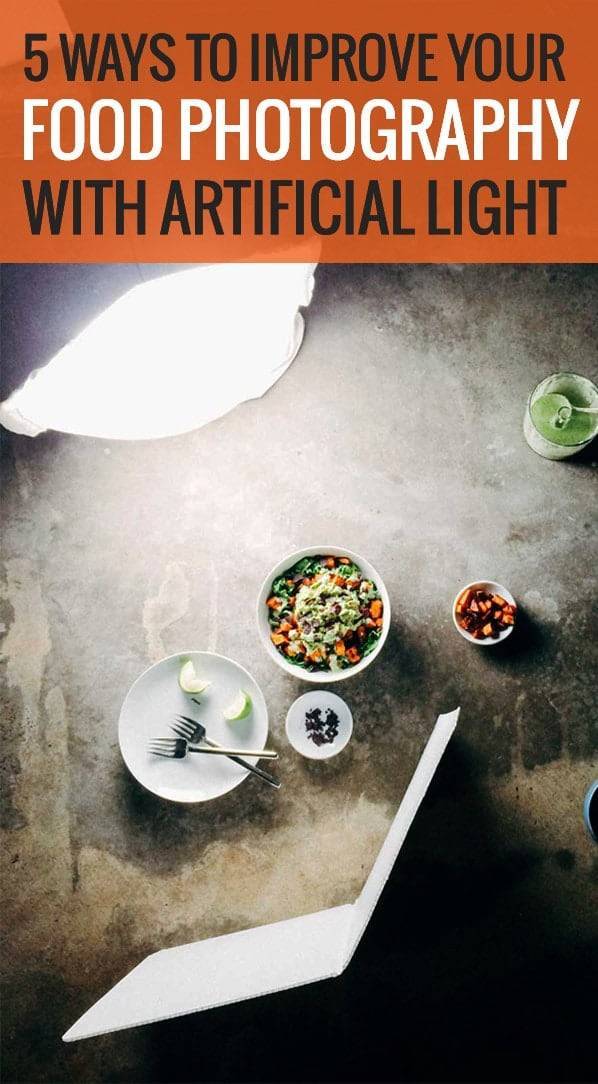
Ten Household Items That Can Improve Your Food Photography
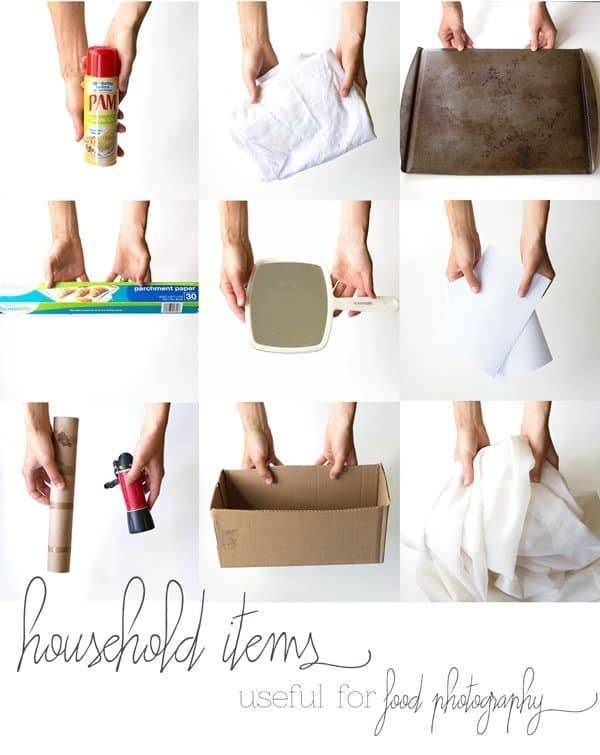
Ten More Household Items That Can Improve Your Food Photography
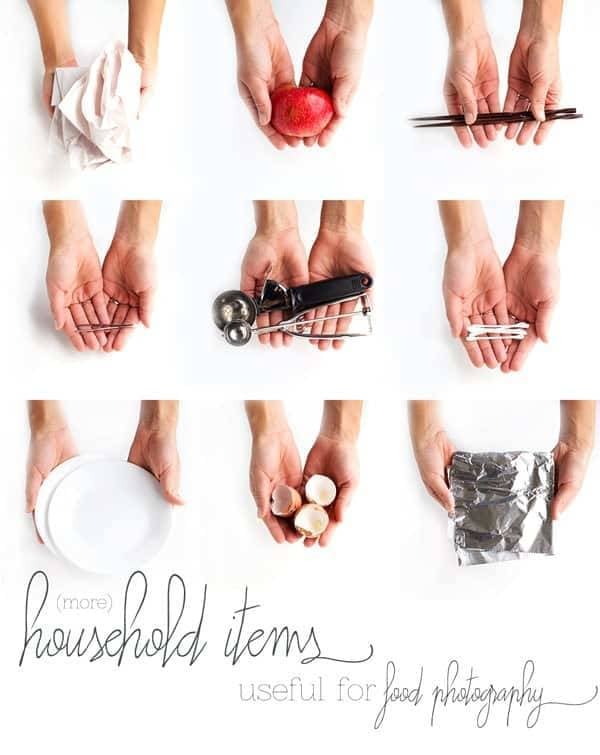
Time Saving Tips for Food Photography
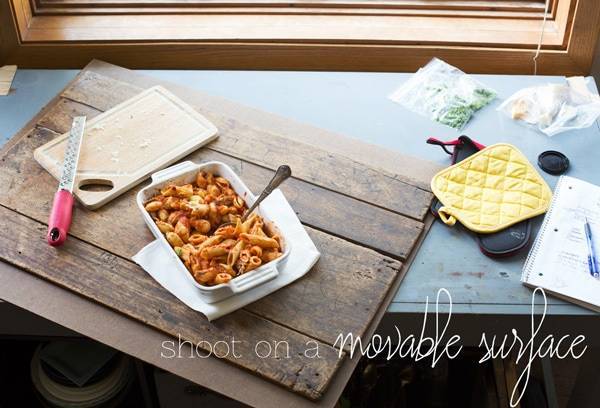
Lastly, if you want to continue this chat and learn more about food photography in a more comprehensive (but very approachable) way, check out my eBook, Tasty Food Photography! TFP has 60+ pages of easy to read tips and tricks on everything from lighting, to props, to working food photography into your schedule. You’ll also get access to a series of video tutorials on using specific editing tools for food photography in both Lightroom and Photoshop.
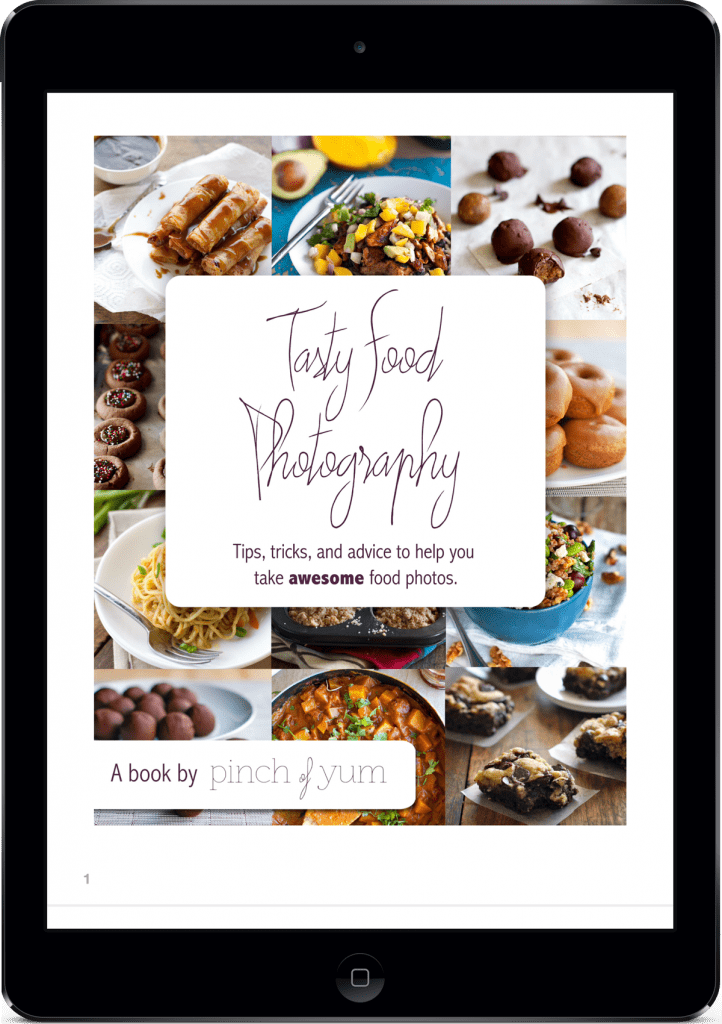

Mmk, that’s all for today. Go get a cookie and a glass of milk – you win the dedicated reader award! TGIF, friends.

